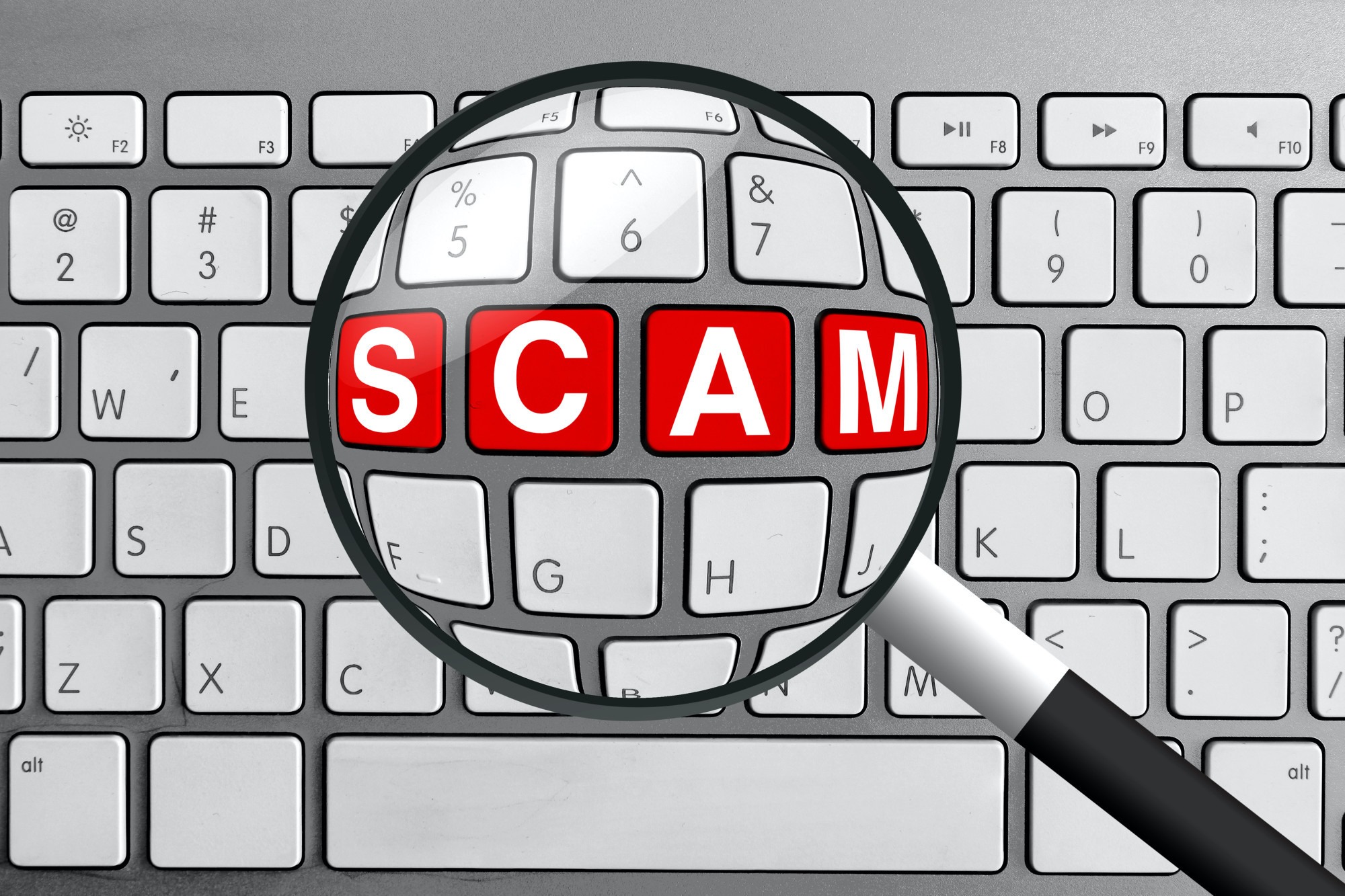Are you concerned that the email you’re about to click on is a phishing scam? Do you wonder how you will be able to tell if it is a phishing scam or not? If so, then you need to learn about the telltale signs that an email is a scam or not.
Fortunately, there are several distinct signs. Scam artists tend to leave a lot of mistakes and generic messaging when they send out email scams, so you just need to keep a sharp eye out to avoid taking the bait.
See below for the several signs that you can use when learning how to spot scam emails and delete them at once.
1. The Subject Line Is Generic
Cybercriminals aren’t the most creative when it comes to sending email subject lines. That said, they could lure you in if you weren’t paying attention.
They tend to use current events as the main drawing point. So common subjects for them right now would include the COVID-19 pandemic, politics, vaccines, stimulus checks, and so on. You get the idea.
They’ll try to make the subject line sound urgent. As if you only have a few minutes to retrieve a benefit before it’s lost forever. If you ever see subject lines such as the ones below, you’ll need to check their validity:
- Password Required At Once
- Follow-Up Required
- Offer for (your name here)
- Invoice Due
- Rescheduled Meetings: Respond at Once
- (Your bank here) Account Policy Update
- Rescheduled Meetings
- Payment Status: Declined
- Direct Deposit Declined
- Expenses Due: Contact Immediately
- Urgent Message for (Your Name Here)
- Can We Talk?
Any time that you get a subject line similar to these, you should question them at once and perform some research.
For example, say you supposedly get an email from your bank claiming that your account is experiencing a setback. Go to your bank’s website and call the number on their site, not the one they give you in the email (which you shouldn’t have opened in the first place).
Tell them about the email that you received and ask them if it was really from them or not. If so, then you can proceed to correct it. If not, then just delete the email.
2. The Email Is From a Weird Address
Another common trick of the cyberattack trade is to pose as a recognizable brand with a long email address.
For example, if they’re trying to act as a bank reaching out about your “account being declined” then their address might be something just similar enough to get you to click on it.
The key is to look at the domain that the sender is from. At first glance, they might seem legitimate, but when you look harder, there are some noticeable differences.
Let’s say that you have a bank account with Wells Fargo. A cybercriminal might try to get you by surprise with an email such as “[email protected]”. Did you catch the errors in that email address?
First, Wells Fargo’s actual website doesn’t have a dash between the two names. Second, the actual site ends with “.com” not “.net”. Little differences such as these can catch people off-guard if they aren’t paying attention. If they have PDF files, don’t click on them. Simply delete the email.
3. The Text Is Too Formal
There’s one thing that almost all phishing scams have in common, and that’s being too overly formal with the text they embed in their email’s subject line, body, and so forth.
If it seems like the email could’ve been typed by a robot or someone trying too hard to sound professional, it likely was. Don’t click on the email, delete it then empty your trash folder.
This overly formal and generic text comes from cybersecurity criminals that are attempting to sound like a professional business. The catch (for them) is that most companies these days actively avoid sounding formal, as they know it tends to scare away clientele.
4. The Spelling and Grammar Are Suspect
It isn’t uncommon for the cybercriminal that’s targeting you to not even speak the same language. If they do, it’s broken and illiterate.
As mentioned earlier, cybercriminals couldn’t care less about the quality of the email body that they write. They just want to send out as many emails as possible to increase their chances of reeling in a fish.
You can almost guarantee that if you find spelling and grammatical errors in their writing, it isn’t from a legitimate corporation. Companies go through many rounds of edits to ensure they aren’t turning off their clientele with poor writing.
5. The Email Contains An Attachment
We highly recommend that you don’t open any emails that you suspect might be a scam. That way, there’s zero chance of them retrieving your information.
However, if you open an email from an unfamiliar source and see that there is an attachment included, it’s likely a scam.
The email attachment might contain a malicious URL that’s used to spread a virus throughout your PC and its supporting network. If you accidentally open an attachment, reach out for help at once.
Identify Phishing Scams With These Tips
Now that you have seen all of the different tricks to use for identifying phishing scams, be sure to use them to your advantage.
Be sure to read this article for more information on how to convert common file types. It will serve you well for years to come!
Remember, if the email you receive comes from an unknown source, don’t open it. Use these tips to reassure whether the email is a scam or not, then delete it.
